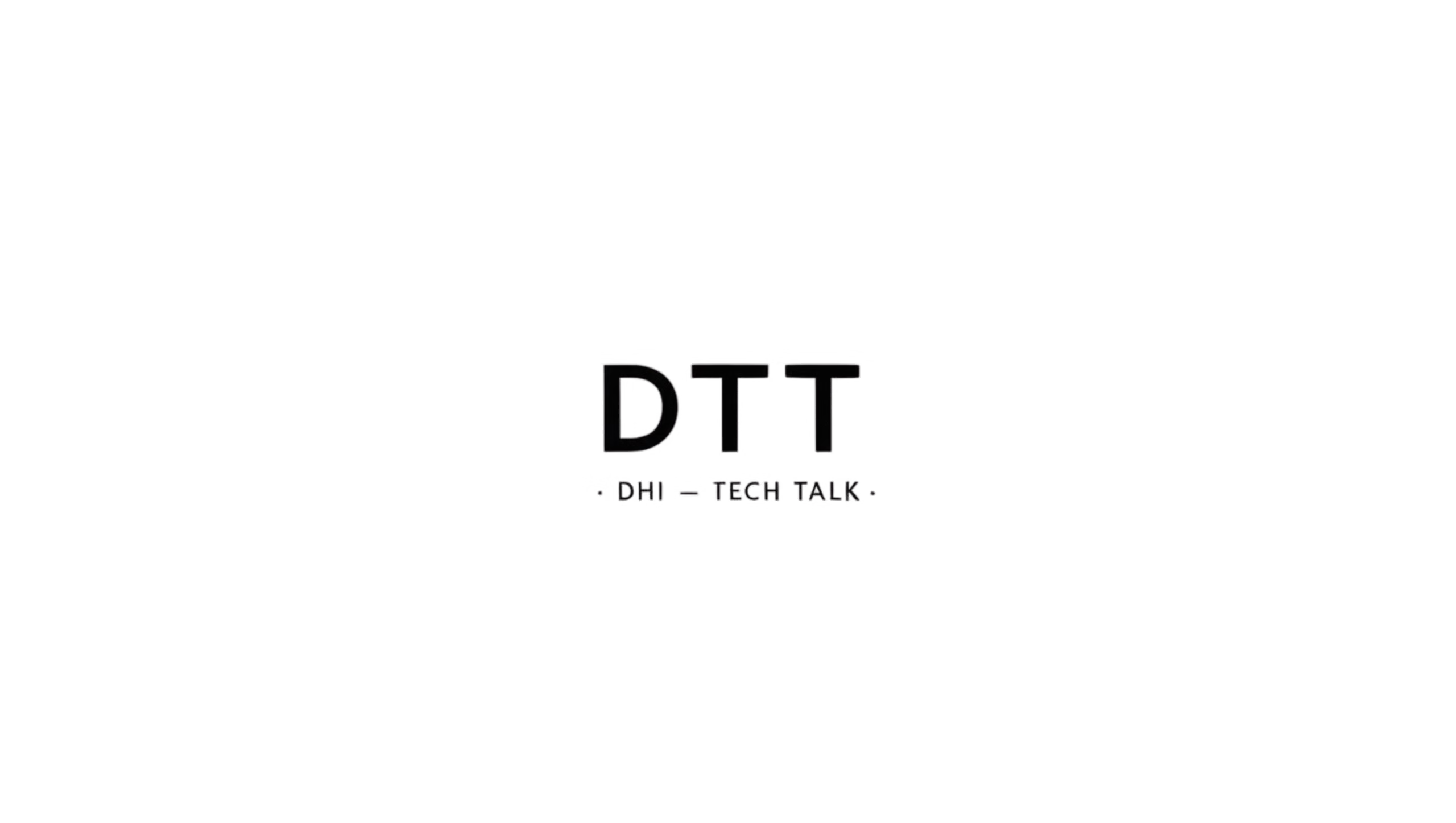Google I/O 2025: Past, Present, and Future
I/O 2025: Through the Lens of Google’s Vision for the Future
Introduction
Google I/O has always been more than just a developer conference — it’s where technology’s future is hinted, innovation is showcased, and the digital world’s direction is often decided. In this comprehensive blog, we explore the journey of Google I/O from its inception to Google I/O 2025, breaking down the key announcements, historical impact, and what lies ahead.
The Origins: A Look Back at Google I/O’s Evolution
First held in 2008, Google I/O began as a niche event focused on web developers. The term “I/O” stands for input/output and also “Innovation in the Open.” Over the years, it became a tech extravaganza unveiling major platforms, devices, and AI breakthroughs.
- 2008: Android and Chrome were the stars. The first event focused heavily on open web standards.
- 2012: Google Glass took center stage — an ambitious leap into AR.
- 2016: Google Assistant was introduced, marking the dawn of AI-driven products.
- 2021-2023: AI and sustainability became recurring themes with projects like TensorFlow, Android’s evolution, and Google’s climate-friendly initiatives.
Google I/O 2025: What’s New and Groundbreaking
1. Android 16 – Personalized, Private, Powerful
Android 15 puts the user at the center with personalized UI themes, faster performance, and deep integration with Gemini AI. New features like “AI Smart Compose” in all apps, private compute core enhancements, and live translation of video calls were showcased.
2. Gemini 2.5 – AI Evolution
Google’s Gemini 2.5 is faster, multilingual, and now integrated into Gmail, Docs, and even Google Maps. Gemini Pro also fuels enterprise-grade automation in Google Cloud services.
3. Project Astra – Multimodal Future
Google’s most ambitious project yet — Astra can see, hear, and reason in real-time. Imagine a phone assistant that not only answers but understands and sees your world. This is Google’s vision for the future of ambient computing.
4. ChromeOS & Flutter – Cross-platform Unified
ChromeOS is now deeply integrated with Android and enhanced by Flutter 4.0, making cross-platform app development more fluid. Instant sync, shared codebases, and seamless UI transitions are the highlights.
5. WearOS 5 & Android XR
Health tech and spatial computing are the buzzwords. WearOS 5 brings advanced health metrics and XR (Extended Reality) experiences now support Google Lens-enhanced smart glasses.
6. Google Home + AI
Smarter automation — Google Home now suggests routines proactively and learns behavior over time using Gemini 2.5’s context awareness.
7. Sustainability at Core
Google reinforced its commitment to sustainability — new data centers will be carbon-free by 2030, and Android 15 uses AI to optimize battery and screen usage for eco-conscious users.
The Road Ahead: What Could Google I/O Look Like by 2030?
As technology shifts towards ambient intelligence, spatial computing, and ethical AI, Google is poised to be at the forefront. Here’s what we might see:
- Ambient OS: A new operating system blending all devices into a single intelligent network.
- Universal Gemini: An AI that adapts to users’ cognitive styles and preferences across languages and platforms.
- Zero UI Interfaces: Voice, gesture, and thought-powered interactions could replace traditional apps.
- AI Ethics Layer: All AI systems will likely include transparent, opt-in, and explainable frameworks.
- Google Quantum Cloud: Quantum computing-as-a-service for developers to build next-gen applications.
Conclusion
Google I/O has evolved from a web developer meet-up into a global tech catalyst. The 2025 edition was a strong statement: Google is betting big on AI, sustainability, and ambient computing. For developers, designers, entrepreneurs, and everyday users, the future of technology is not just smart — it’s sensitive, sustainable, and deeply human.
If you missed the live event, you can catch all the keynotes and sessions on the official Google I/O site.

Leave a Reply Cancel reply